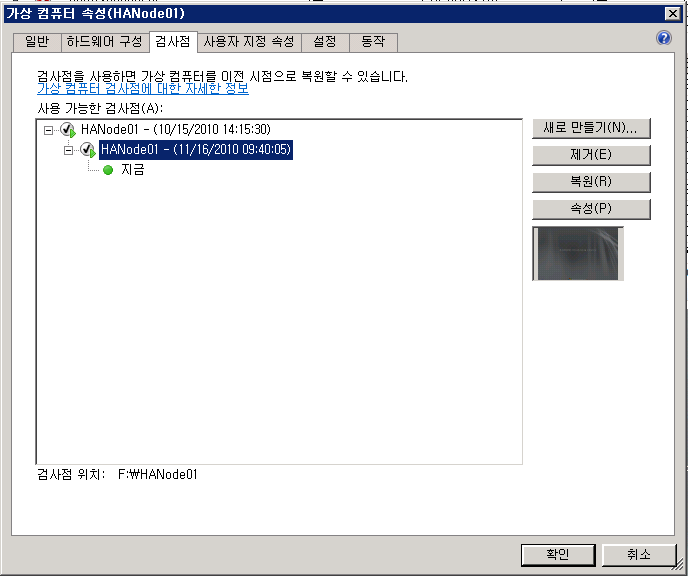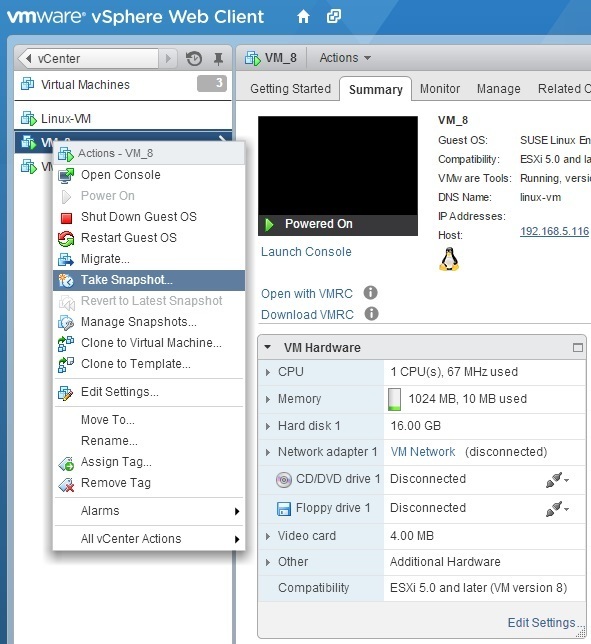


*To execute those operations, the mode "read/write" must be selected in Azure Resource Explorer. The second option is to use Azure Resource Explorer, you can execute the operations manually * : Save-AzureRmVMImage -ResourceGroupName $vmResourceGroup -VMName $vmName -DestinationContainerName $destinationContainerName -VHDNamePrefix $vhdNamePrefix -Path $sampleOutupTemplatePath Of course Cloud Storage Manager doesnt only show how. Then all you have to do is launch it, and select the Snapshot tab to see all your VM snapshots across your Azure environment, including both managed and unmanaged disks. You can only manage backups via Powershell or the Classic portal. This is not used as a backup replacement - Azure Backup feature is not yet added to the New Portal. Stop-AzureRmVM -ResourceGroupName $vmResourceGroup -Name $vmName Once you’ve installed Cloud Storage Manager, it will scan your Azure environment and collect a heap of information. First, there is a difference between Snapshots and Backups: - Snapshots are used to take a point in time image, to rapidly switch to it wherever we have an issue. $sampleOutupTemplatePath = "C:\Templates\ImagesGeneralized\sampleOutputTemplateUbuntu.json" The vm custom image will be stored in the following location "System/Microsoft.Compute/Images/templates/***.vhd". In this example the custom image will be saved in the VM storage account. You have to options : Azure Resource explorer or PowerShell.

There is an option in the portal you can select when you are on the VM page that simply allows you to select Migrate to ARM and the platform takes care of the rest.This feature is not available yet in the new Azure Portal. Then you can proceed with the migration steps and if by chance anything does go wrong you will have a copy of the disk as backup.Īs an additional side note, we have made migration very simply. Once this is complete the Azure infrastructe will take care of making that copy for you. You can then rename the disk something likeĭisk1-backup. From there you can select Copy and Past the disk into a separate folder, or the same folder.

Storage explorer will give you a GUI interface that you can browse and find the disk you want to make a copy of. I personally would suggest using Azure Storage Explorer You are making the right choice in migrating as the new features are only designed for ARM so updating will greatly increase the options available.Īs per copying the disk, the best way to do this for a classic disk is to simply make a full copy of the VHD. Great Question! Firstly, You can find all our migration information here which can be a good reference for the future Ĭlassic disks don't have the ideal way to create a copy as you will find with ARM resources.


 0 kommentar(er)
0 kommentar(er)
